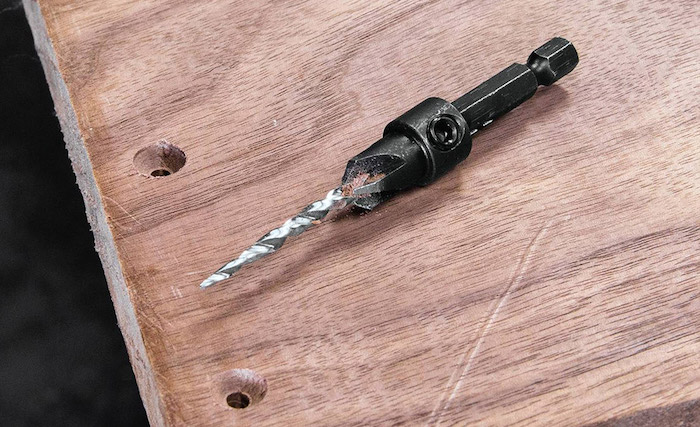Drilling different types of material, the right drill bit must be used. It should be utilized in the right way & needs to be sharp.
Numerous jobs around the house require a hole of some kind to be drilled – whether it is setting up a rack, constructing a cabinet or hanging a light.
Good quality drill bits can be costly, so take care of them, keep them in a case or box if available, as opposed to permitting them to move around freely in a toolkit where the cutting edges may be harmed.

Drill bits are common cutting tools used to make round & hollow openings. These small bits are held in a drilling device, which can pivot & gives torque and axial force to create the hole.
Specialized bits are additionally available for holes that are non-cylindrical. There are such a significant number of kinds of drill bits and it would take a lot of time to discuss them all. However, we are a bit more interested in drill bits for woods and its use in DIYs.
We did some exploration of the various sorts of drill bits for wood and came upon a couple of distinct material bits that can be used for drilling wood. The foremost are:
Low carbon steel: These bits are utilized in wood don’t hold an edge as long as harder steel bits, and require sharpening more often. Their lifespan can be abbreviated when used to drill hardwood.
High carbon steel bits: These are an enhancement on low carbon steel because of the solidifying and hardening capacities of the material. These bits can be utilized on either wood or metals but may lose their temper and sharpness as well, depending on the drilling operation.
High-speed steel bits: These bits are a type of hard steel, and are significantly more impervious to heat. They can be used to drill metal, hardwood and most other materials at improved cutting speeds than carbon steel bits. They have replaced carbon steel bits in most commercial applications.

As you most likely are aware, there are different kinds of drill bits, but drill bits for wood are known as a lip and spur drill bit, also known as a brad point and doweling bit. This type is a variety of the twist drill which is optimized for drilling in wood.
Conventional twist bits tend to wander when penetrating to a leveled workplace. For metalwork, this is generally fixed by drilling a direct hole with a spotting drill. In wood, there is another feasible solution, using the brad point drill.
The focal point of the bit is a sharp center point and sharp cutting edges to cut the wood. The sharp center point keeps the bit in line.